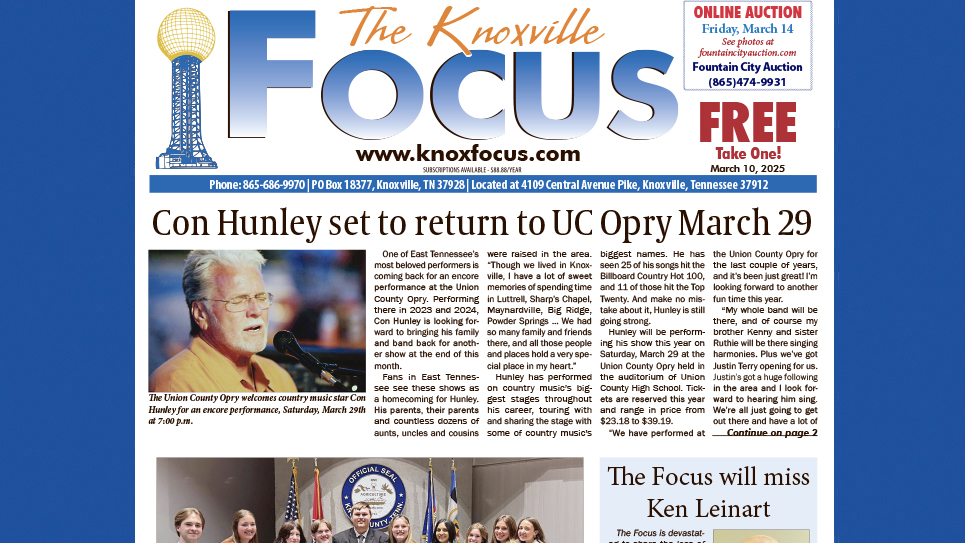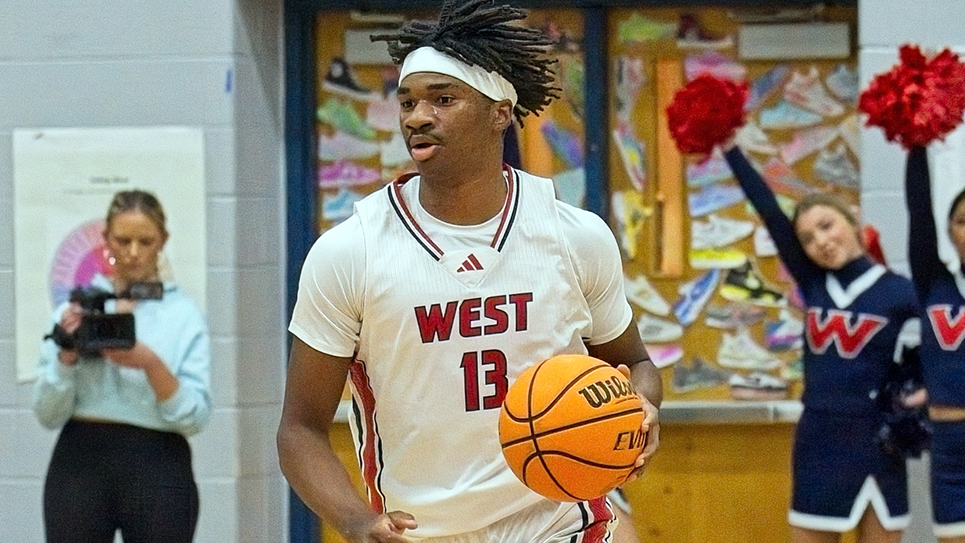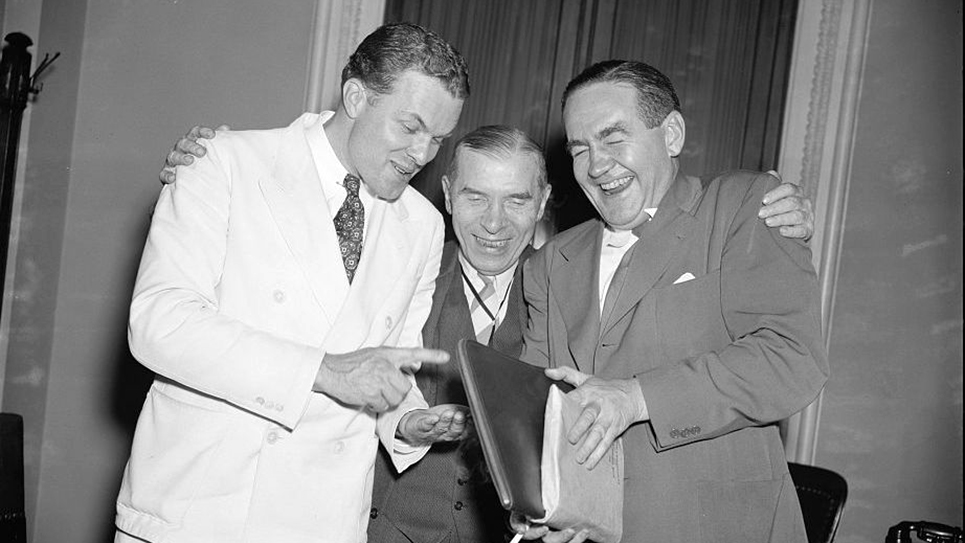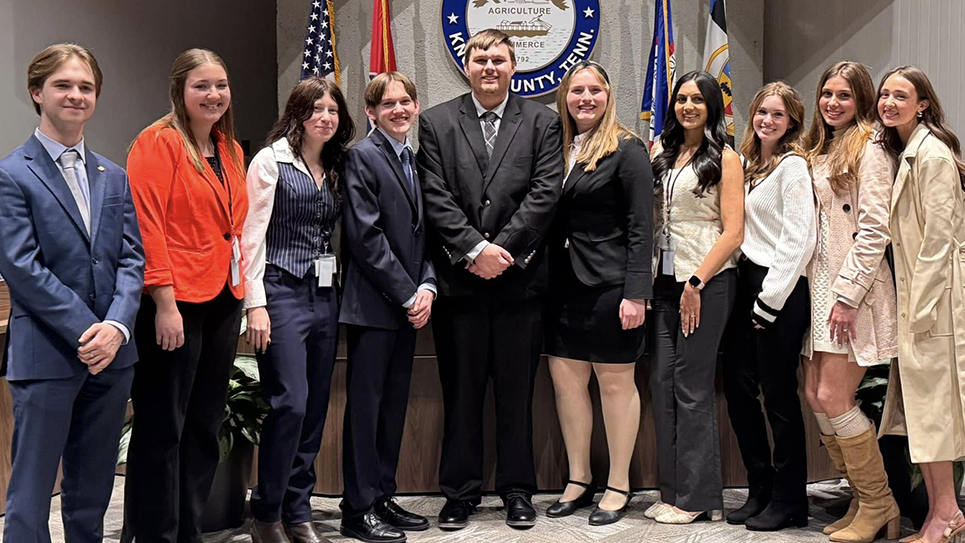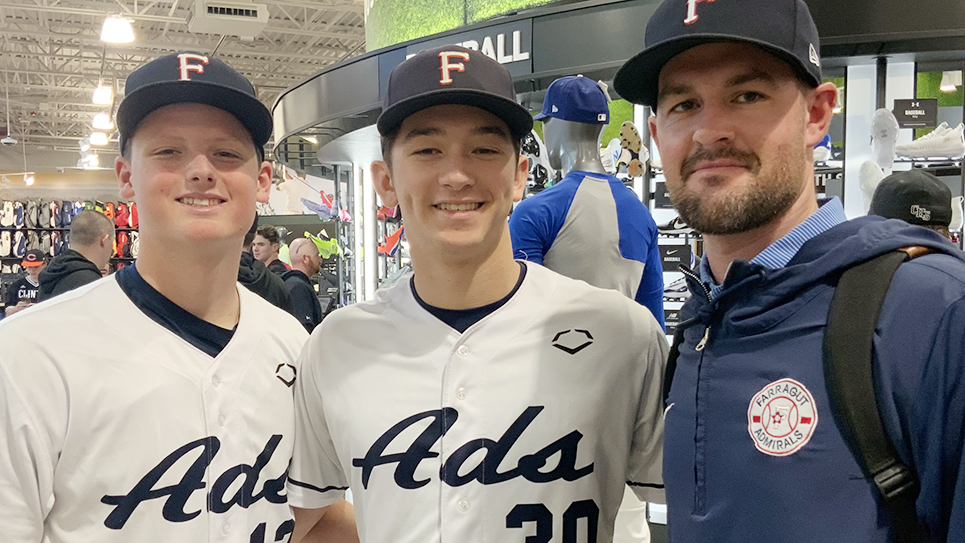A Significant Swagger
By Tom Mattingly
This is one of my favorite Neyland Stadium pictures, an aerial shot from the 1966 Ole Miss game. It was Homecoming Day in Knoxville, and a near-capacity crowd of 55,206 (57, 122) found its way into the stadium.
Here’s the context for the picture, taken sometime early in the first quarter, according to the scoreboard clock.
Tennessee was dressed in its orange jerseys and white pants, Ole Miss in blue shirts and gray pants, a much darker blue than what the Rebels wear today. The contrast between the uniforms was something special. The Vols’ bench area was on the west side. Ole Miss was on the east side.
The Vol dressing room was under the east stands, and the Vols entered Shields-Watkins Field through a giant” T” formed by the “Pride of the Southland Marching Band.” Doug Dickey and band director W J Julian had started that dramatic entry in 1965, and it continues to this day, albeit from the north end since 1983. The Ole Miss dressing room was under the south end.
George Mooney and former Vol wingback Bob Foxx brought the game home to Vol fans on the Texaco Radio stadium public address announcer. The game was not televised. A Coca-Cola sign on the scoreboard was the only advertisement in the stadium.
The date was Nov. 12, 1966, a beautiful November Saturday in Knoxville. Both teams came into the game with 5-2 records. Ole Miss had won seven in a row against the Vols dating to 1959 in games played in Memphis and Knoxville.
The stadium had a new scoreboard, complete with a “count-down” clock, replacing the old board that kept the game time with an actual clock, complete with minute and second hands. There were also new bleachers at that end.
There were no lights in those days, making things iffy in the southwest corner as the game progressed. The press box shadows hit the field early in the first half, providing a unique atmosphere for the game action.
There were checkerboards in each end zone, and the “VOLS” sign towered over the field atop the upper reaches of the south end zone.
Even then, it was a marvelous venue, with the home crowd providing a definite home field advantage. There was no “Rocky Top” played incessantly in those days. That was still six years away, but the “Spirit of the Hill” and “Fight Vols, Fight” were the songs of choice. Given the tenor of the times, the strains of “Dixie” could also be heard from the “Pride” and from opposing bands.
After a sorting out season in 1964 with a 4-5-1 mark, the Vols were 8-1-2 in 1965. Fans began to believe Dickey could do no wrong. The team on the field and the fans in the stands developed a significant swagger.
An orange and white block U-T was on the Hill behind the north end, just beneath the flagpole. Members of Kappa Alpha fraternity were stationed near the “T” with a cannon in tow, ready to be fired when the Vols scored. When someone decreed that firing the cannon was a hazard, the KA guys came up with an apt solution. When the Vols scored, the fraternity boys held up a large hand lettered sign that read, B-A-N-G!
That day, Tennessee moved the ball the entire game, but couldn’t find the end zone. The Vols gave up a TD pass seconds before halftime and found themselves trailing the rest of the way.
Late in the game, Tennessee was headed to the south goal looking for the tying marker as seconds ticked off the clock. In one significant moment, Rebel defensive end Jerry Richardson grabbed a mid-air fumble and raced 51 yards for the score that settled the game. The clock showed 1:49 left.
“I got hit from the blind side and got a hip pointer,” said Dewey Warren this past Thursday. “I never saw him coming.”
Tennessee moved the ball quickly down the field, and Warren threw a short TD pass to tight end Austin Denny for the Vols’ only score.
The final was 14-7.
The Vols would not lose again on Shields-Watkins Field until Sept. 25, 1971, when Auburn won 10-9. That streak covered 23 wins overall and a tie in the 1968 season opener against Georgia.
This picture captures the special ambience of Neyland Stadium in the mid-1960s. The crowds may have been smaller by far than those we see today, but the fans were still into the games in a big way. Then, as now, football was a big deal in Gen. Neyland’s stadium and on Col. Shields’s field.

